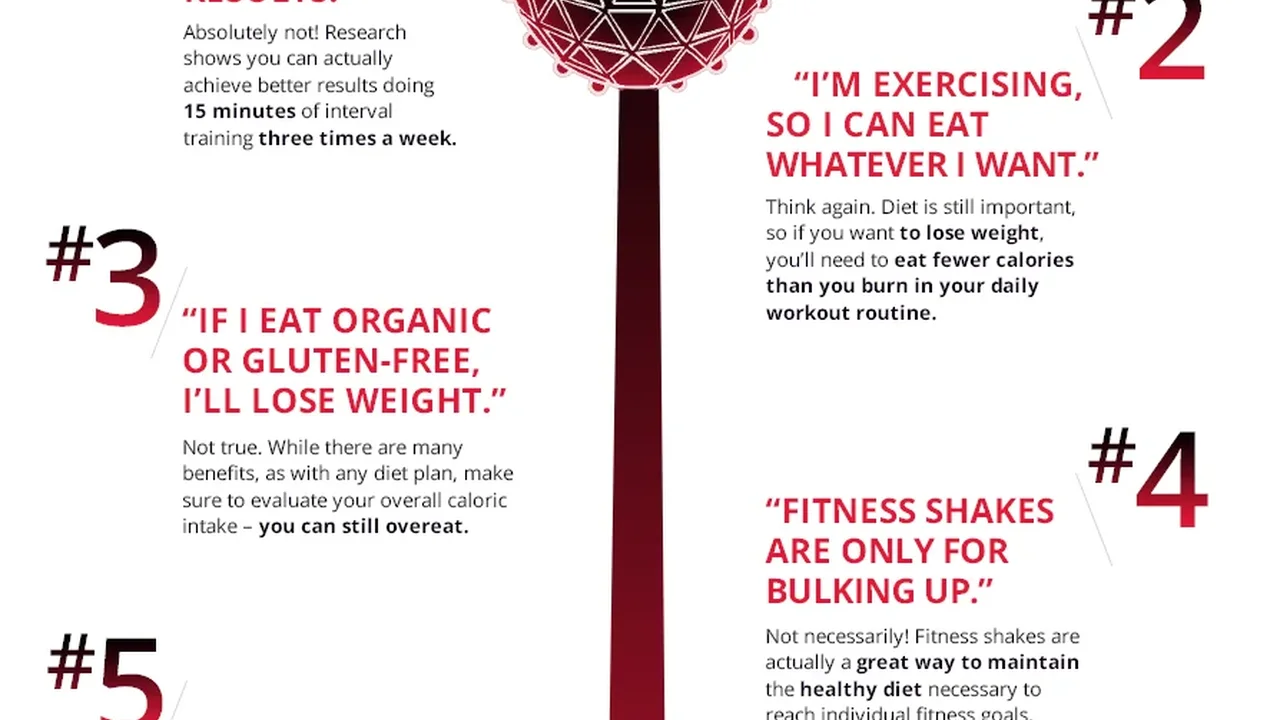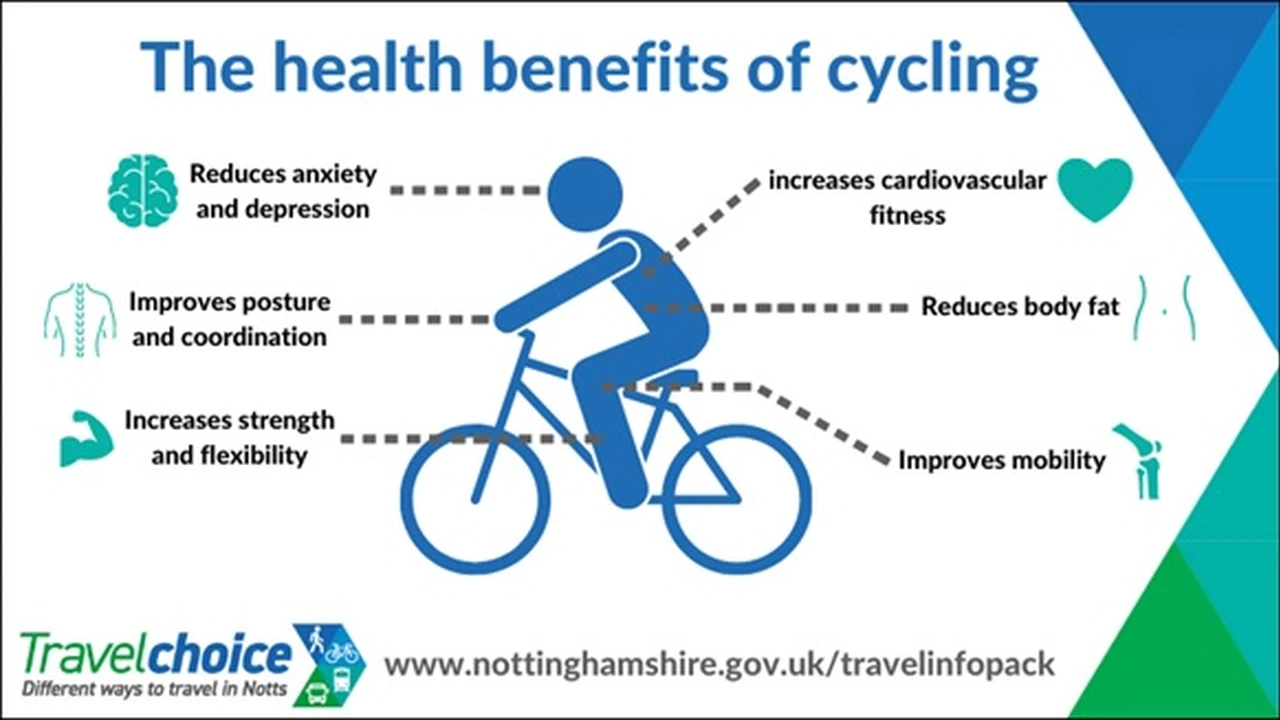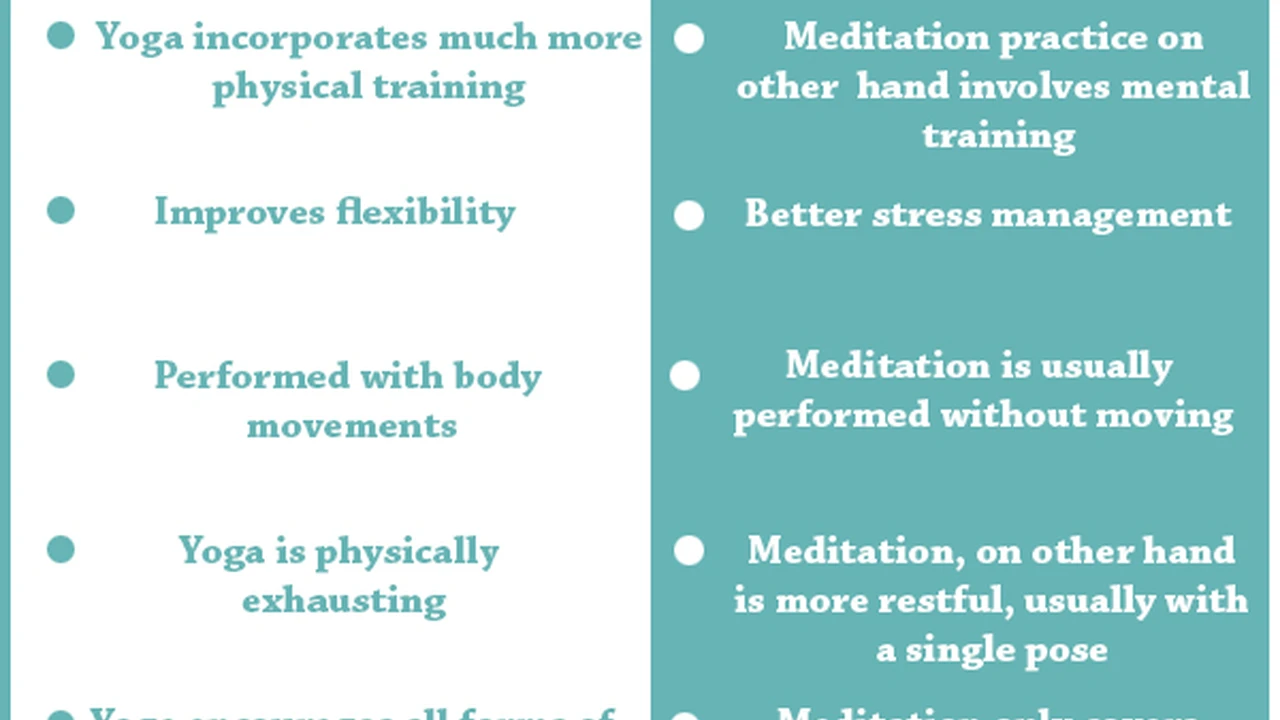Debunking Common Fitness Myths: Separating Fact from Fiction
Learn how to create a sustainable lifestyle and adopt eco-friendly practices. This guide covers essential tips for reducing your environmental impact. Contribute to a healthier planet and improve your well-being with sustainable living.

Understanding Sustainable Living The Foundation of a Greener You
Sustainable living isn't just a trend; it's a fundamental shift in how we interact with our planet. It's about meeting our current needs without compromising the ability of future generations to meet theirs. Think of it as a long-term commitment to Earth's health, covering everything from what we eat to how we travel. It's about making conscious choices that minimize our environmental impact and promote resource conservation.
Why is sustainable living so crucial? Well, our current consumption patterns are straining Earth's resources. Climate change, deforestation, pollution, and biodiversity loss are all alarming consequences. By adopting sustainable practices, we can help mitigate these problems and create a more resilient and equitable world. It's about protecting the environment for ourselves, our children, and generations to come.
Sustainable living is often perceived as complex and expensive, but it doesn't have to be. Small changes in our daily routines can make a big difference. From reducing waste and conserving energy to supporting local businesses and choosing sustainable products, there are countless ways to live more sustainably. Every action, no matter how small, contributes to a larger movement towards a healthier planet.
Eco-Friendly Practices for Sustainable Homes Reduce Your Environmental Footprint at Home
Our homes are significant contributors to our environmental footprint. Fortunately, there are numerous ways to make our homes more eco-friendly. Here are some key areas to focus on:
Energy Conservation Tips Lower Your Energy Bills and Protect the Planet
Energy consumption is a major concern for both the environment and our wallets. Here are some practical tips for conserving energy at home:
- Switch to LED Lighting: Replace incandescent bulbs with LEDs. LEDs are far more energy-efficient, lasting much longer and consuming significantly less electricity. While the initial cost might be higher, the long-term savings are substantial.
- Unplug Electronics When Not in Use: Many electronics continue to draw power even when turned off (this is known as "phantom load"). Unplug chargers, TVs, and other devices when you're not using them to prevent energy waste. Consider using power strips with on/off switches to easily cut off power to multiple devices.
- Use Energy-Efficient Appliances: When purchasing new appliances, look for Energy Star certified models. These appliances meet strict energy-efficiency guidelines set by the EPA and can save you money on your energy bills.
- Optimize Your Heating and Cooling: Properly insulate your home to prevent heat loss in the winter and heat gain in the summer. Use a programmable thermostat to automatically adjust the temperature when you're away or asleep. Consider using fans to circulate air and reduce the need for air conditioning.
- Wash Clothes in Cold Water: Washing clothes in cold water can save a significant amount of energy. Most detergents are now formulated to work effectively in cold water.
Water Conservation Methods Save Water and Money with These Simple Strategies
Water is a precious resource, and conserving it is essential. Here are some effective water conservation methods you can implement at home:
- Fix Leaks Promptly: Even small leaks can waste a significant amount of water over time. Regularly check faucets, toilets, and pipes for leaks and repair them immediately.
- Install Low-Flow Fixtures: Replace old showerheads, faucets, and toilets with low-flow models. These fixtures use less water without sacrificing performance.
- Take Shorter Showers: Reduce the amount of time you spend in the shower. Even a few minutes less can save a considerable amount of water.
- Collect Rainwater: Install a rainwater harvesting system to collect rainwater for watering your garden, washing your car, or other non-potable uses.
- Water Your Lawn Wisely: Water your lawn deeply but infrequently to encourage deep root growth. Water early in the morning or late in the evening to minimize evaporation. Consider using drought-tolerant plants to reduce your water needs.
Waste Reduction Strategies Minimize Waste and Promote Recycling and Composting
Reducing waste is crucial for minimizing our impact on landfills and the environment. Here are some effective waste reduction strategies:
- Reduce, Reuse, Recycle: This is the cornerstone of waste reduction. Reduce your consumption by buying less and choosing products with minimal packaging. Reuse items whenever possible, such as using reusable shopping bags, water bottles, and coffee cups. Recycle materials properly according to your local guidelines.
- Compost Food Scraps and Yard Waste: Composting is a great way to reduce food waste and create nutrient-rich soil for your garden. Compost food scraps, yard waste, and other organic materials in a backyard composter or through a municipal composting program.
- Avoid Single-Use Plastics: Single-use plastics are a major source of pollution. Avoid using plastic bags, straws, utensils, and water bottles. Opt for reusable alternatives made from sustainable materials.
- Buy in Bulk: Buying in bulk can reduce packaging waste and save you money. Store bulk items in reusable containers.
- Donate or Sell Unwanted Items: Instead of throwing away unwanted items, donate them to charity or sell them online. This gives them a new life and prevents them from ending up in landfills.
Sustainable Transportation Options Eco-Friendly Ways to Get Around
Transportation is another significant contributor to our environmental footprint. Here are some sustainable transportation options:
Walking and Biking The Healthiest and Most Eco-Friendly Ways to Travel
Walking and biking are the most eco-friendly and healthiest ways to travel. They produce zero emissions, improve your physical fitness, and save you money on transportation costs. Consider walking or biking for short trips whenever possible.
Public Transportation Reduce Emissions and Congestion with Buses, Trains, and Subways
Public transportation is a more sustainable alternative to driving alone. Buses, trains, and subways can carry many people at once, reducing emissions and congestion. Use public transportation whenever it's available and convenient.
Electric Vehicles (EVs) A Cleaner Alternative to Gasoline Cars
Electric vehicles (EVs) are a cleaner alternative to gasoline cars. They produce zero tailpipe emissions, reducing air pollution. EVs are becoming increasingly affordable and have a longer range than ever before. Consider purchasing an EV if you're in the market for a new car.
Carpooling and Ride-Sharing Share a Ride and Reduce Emissions
Carpooling and ride-sharing are great ways to reduce emissions and save money on transportation costs. Share a ride with coworkers, friends, or neighbors who are going in the same direction. Use ride-sharing apps to connect with other riders in your area.
Sustainable Consumption Habits Make Conscious Choices for a Healthier Planet
Our consumption habits have a significant impact on the environment. Here are some sustainable consumption habits to adopt:
Buy Local and Seasonal Products Support Local Farmers and Reduce Transportation Emissions
Buying local and seasonal products supports local farmers, reduces transportation emissions, and ensures you're getting fresh, high-quality food. Visit farmers' markets, local grocery stores, and farm stands to purchase local products.
Choose Sustainable and Ethical Products Look for Eco-Friendly Certifications and Fair Trade Labels
When purchasing products, look for sustainable and ethical certifications, such as Energy Star, Fair Trade, and organic. These certifications indicate that the products meet certain environmental and social standards. Support companies that are committed to sustainability and ethical practices.
Reduce Meat Consumption A Plant-Based Diet is Better for the Planet
Meat production has a significant environmental impact. Reducing your meat consumption can help reduce greenhouse gas emissions, deforestation, and water pollution. Consider adopting a plant-based diet or reducing your meat intake by incorporating more vegetarian meals into your diet.
Avoid Fast Fashion Choose Durable and Timeless Clothing
Fast fashion is a major source of pollution and waste. Avoid buying cheap, trendy clothing that is quickly discarded. Choose durable and timeless clothing that will last for years. Support companies that are committed to sustainable and ethical fashion practices.
Recommended Sustainable Products for Eco-Friendly Living Product Suggestions and Comparisons
Here are some recommended sustainable products that can help you live a more eco-friendly lifestyle:
Reusable Shopping Bags Ditch Plastic Bags and Opt for Reusable Alternatives
- Product: Baggu Reusable Shopping Bag
- Description: These lightweight, durable, and stylish reusable shopping bags are made from recycled nylon. They fold up easily for convenient storage and can hold up to 50 pounds.
- Use Case: Grocery shopping, errands, travel
- Comparison: Compared to other reusable bags, Baggu bags are known for their durability, stylish designs, and affordability.
- Price: Approximately $12 per bag
Reusable Water Bottles Stay Hydrated and Reduce Plastic Waste
- Product: Hydro Flask Water Bottle
- Description: These insulated stainless steel water bottles keep drinks cold for up to 24 hours and hot for up to 12 hours. They are durable, BPA-free, and come in a variety of sizes and colors.
- Use Case: Everyday hydration, workouts, travel
- Comparison: Compared to other reusable water bottles, Hydro Flask bottles are known for their superior insulation, durability, and stylish designs.
- Price: Approximately $30-45 per bottle
Bamboo Toothbrushes A Sustainable Alternative to Plastic Toothbrushes
- Product: Bamboo Toothbrush by Brush with Bamboo
- Description: These toothbrushes are made from sustainably harvested bamboo and have soft, BPA-free bristles. They are biodegradable and compostable.
- Use Case: Everyday oral hygiene
- Comparison: Compared to plastic toothbrushes, bamboo toothbrushes are a more sustainable and eco-friendly alternative.
- Price: Approximately $5-8 per toothbrush
Compostable Trash Bags Reduce Plastic Waste in Your Trash Can
- Product: UNNI Compostable Trash Bags
- Description: These trash bags are made from plant-based materials and are compostable in municipal composting facilities. They are a sustainable alternative to plastic trash bags.
- Use Case: Lining trash cans in the kitchen, bathroom, and other areas of the home
- Comparison: Compared to plastic trash bags, compostable trash bags are a more environmentally friendly option.
- Price: Approximately $15-20 per roll
Solar Chargers Harness the Power of the Sun to Charge Your Devices
- Product: Anker PowerPort Solar Lite (15W)
- Description: This portable solar charger allows you to charge your devices using the power of the sun. It's lightweight, foldable, and perfect for outdoor activities like camping and hiking.
- Use Case: Charging phones, tablets, and other small devices while traveling, camping, or during power outages.
- Comparison: Compared to other solar chargers, the Anker PowerPort Solar Lite is known for its affordability, portability, and reliable performance.
- Price: Approximately $30-40
Long-Term Benefits of Sustainable Living Investing in a Healthier Future
Sustainable living offers numerous long-term benefits, both for individuals and for the planet:
- Environmental Protection: Sustainable living helps protect the environment by reducing pollution, conserving resources, and mitigating climate change.
- Improved Health: Sustainable practices, such as eating a plant-based diet and walking or biking, can improve your physical and mental health.
- Cost Savings: Conserving energy and water, reducing waste, and buying local products can save you money in the long run.
- Community Building: Supporting local businesses and participating in community initiatives can strengthen your community and create a more resilient and equitable society.
- A Better Future: By adopting sustainable practices, we can create a better future for ourselves, our children, and generations to come.
Making Sustainable Living Accessible Overcoming Challenges and Embracing Progress
While sustainable living offers numerous benefits, it's important to acknowledge the challenges and work towards making it more accessible for everyone. Here are some key considerations:
- Affordability: Some sustainable products and practices can be more expensive than conventional alternatives. Look for affordable options and prioritize the most impactful changes.
- Accessibility: Sustainable options may not be readily available in all areas. Support local businesses and advocate for policies that promote sustainability.
- Information and Education: It can be challenging to navigate the complexities of sustainable living. Seek out reliable information and resources to make informed choices.
- Personal Choices: Sustainable living is a personal journey. Focus on making changes that are realistic and meaningful for you.
Remember, every effort, no matter how small, contributes to a larger movement towards a more sustainable world. Embrace progress, celebrate successes, and continue to learn and grow on your journey towards a greener you!
:max_bytes(150000):strip_icc()/277019-baked-pork-chops-with-cream-of-mushroom-soup-DDMFS-beauty-4x3-BG-7505-5762b731cf30447d9cbbbbbf387beafa.jpg)





